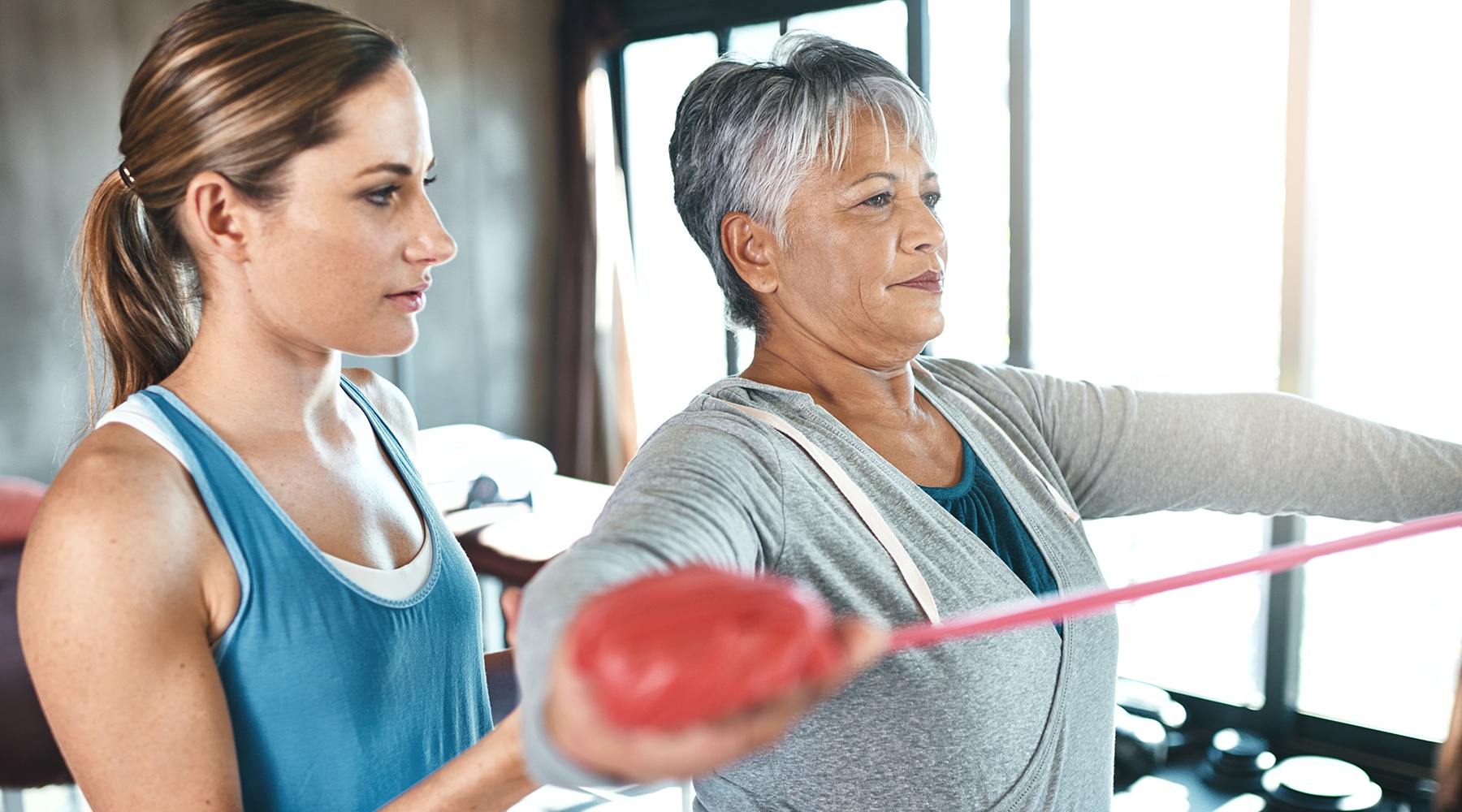Your bones are living tissue. Although you can’t feel it happening, they are constantly being broken down and replaced with new cells.
“Osteoporosis occurs when your body simply can’t keep up with this natural process,” said OMRF rheumatologist Eliza Chakravarty, M.D.
In osteoporosis, bones become weak and brittle to a point where a fall, or even something as innocent as bending over to pick up the morning paper, can result in a bone fracture. These fractures most commonly occur in the hips, wrists and spine.
Osteoporosis strikes one-in-three women and one-in-five men over age 50, according to the International Osteoporosis Foundation.
Another common and related condition, osteopenia, occurs when bones are weakened, putting you at an increased risk for osteoporosis. Unfortunately, neither osteopenia nor osteoporosis can be cured, but there are ways to lower your risks.
“Calcium intake and vitamin D supplements are both key,” said Chakravarty. “It’s important that you eat a well-balanced diet with plenty of dairy, fish, fruits and vegetables—and don’t smoke.” She also noted that studies have shown that soda and excess alcohol consumption are associated with decreased bone density.
Staying active by engaging in low-impact activities like hiking, jogging, light resistance training or Pilates is also a great way to strengthen your bones.
“Continue to exercise, because remaining strong as you grow older can go a long way to keeping your bones intact, especially if you’re a post-menopausal woman,” said Chakravarty. In addition, focusing attention on balance through yoga and even dance can lower the risk of osteoporotic fractures by reducing risk of falls overall.
“If you do these things,” said Chakravarty, “you’re checking off all the right boxes.”
Still, she said, you could continue to lose bone density despite taking preventative measures.
“Family history plays a big role, and so does gender. Women are far more likely to develop these conditions, because they have lower bone mass than men and typically don’t get as much calcium,” said Chakravarty.
If your bone density reaches high-risk levels, Chakravarty advises that you work closely with a physician on a plan of action, which might include drug therapies.
“There are a growing number of medications available that help to slow bone loss, and some are even able to increase bone mineral density,” she said. “All of these medications carry some risk of side effects, so it is important to talk to your doctor about which medications may be the best option given your particular situation. But, you can never go wrong with a good pair of sneakers and a summer walk.”



